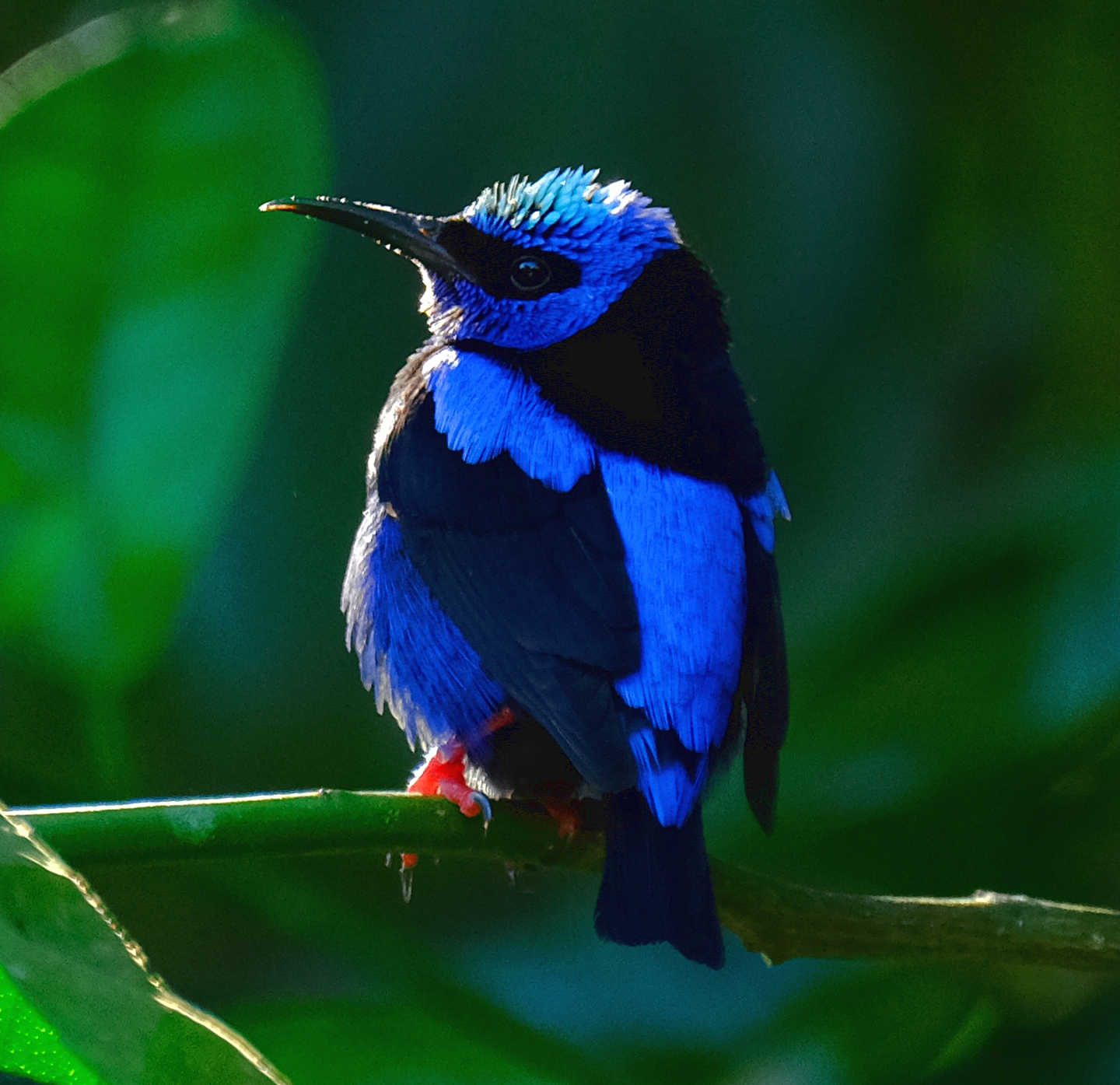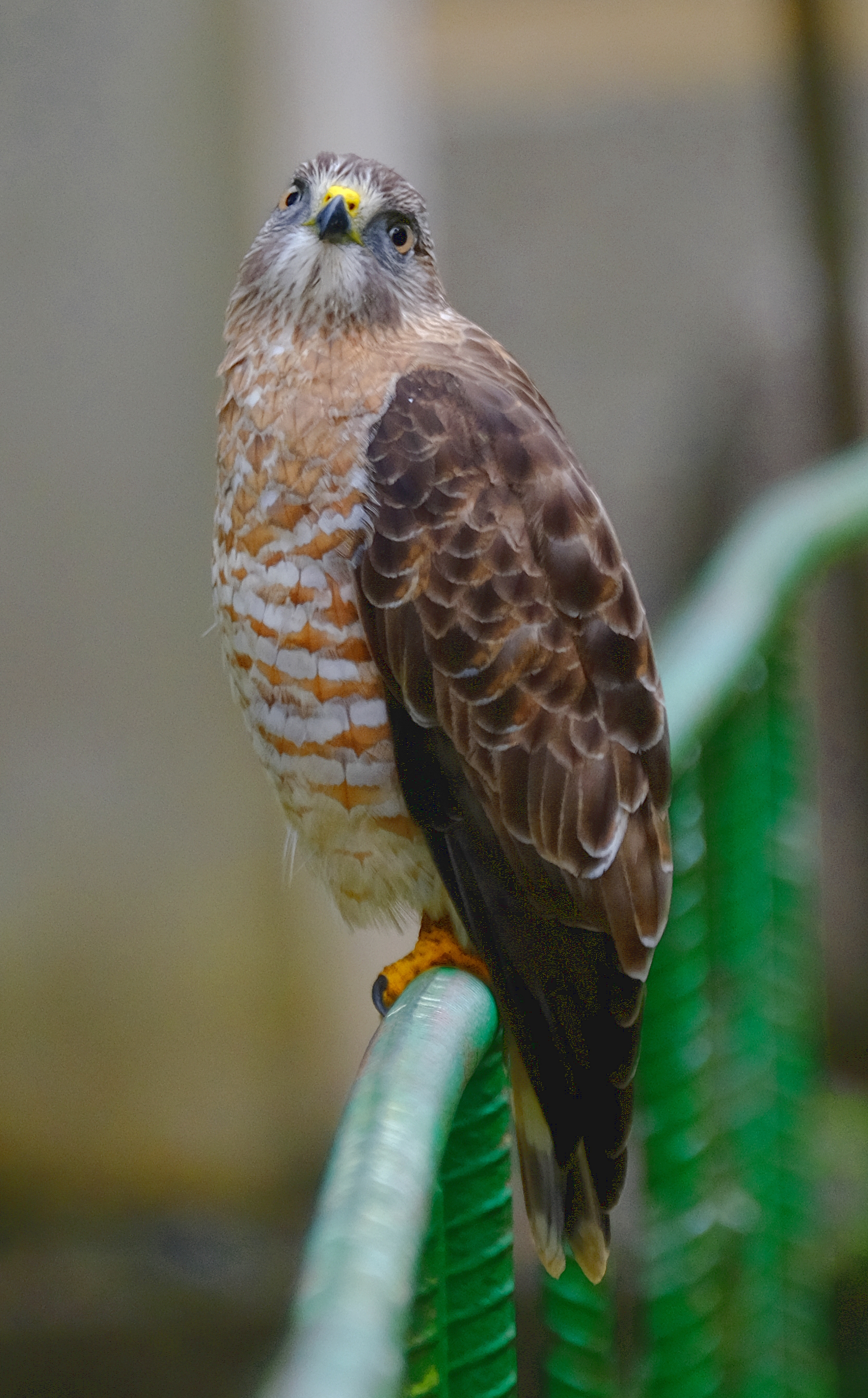Seen feeding on flowers in our yard, near the Curi Cancha Preserve, Costa Rica.
Rufous-tailed Jacamar
Rufous-tailed Jacamar
The Rufous-tailed Jacamar is a sit and wait predator. When a flying insect gets too close and it’s edible, it is as good as gone. Sit and wait predators make it somewhat easier to get a photo, but it’s not perfect because this species often perches in the shade.
Rufous-collared Sparrow
Rufous-collared Sparrow
Rufous-collared Sparrow
This perky bird has an extensive geographic distribution, occurring from southern Mexico to the southernmost tip of South America. We encountered a small group of them at the entrance to Los Quetzales National Park, Costa Rica, which is located near Cerro de la Muerte, the mountain of death, on the Pan American Highway. Once you drive this stretch of road, the origin of the “mountain of death” becomes apparent. We observed these birds around 9,000-10,000 above sea level. It was a cold, blustery, gray day when I photographed them and I wished there was more light to work with, but their beauty stands out even so.
Golden-hooded Tanager II
Golden-hooded Tanager (David Zittin, Costa Rica 2018)
I know I have posted this species earlier, but darn, it’s hard to get tired looking at such beauty. A few birds really take the breath from me when I encounter them in the field and this is one of those species.
Speckled Tanager: Eye Candy
It’s hard to describe the feeling that a birder has seeing one of these for the first time. They are strikingly beautiful with a color combination that takes the breath away from the viewer.
Speckled Tanager (David Zittin, Costa Rica 2018)
Speckled Tanager (David Zittin, Costa Rica 2018)
Lesson's Motmot
Lesson’s Motmot 12” x 6” acrylic on wood panel 2019
My first ever Motmot painting! This was inspired by a sketch I made in Costa Rica trip.
More blue: Honey Creepers
Honeycreepers are common in Costa Rica. They are often seen at places where fruit is put out to attract birds.
The Green Honeycreeper male is blue, but the female is green.
The female Green Honeycreeper, unlike the male, is green.
Broad-winged Hawk
Walking across the Stone Bridge at the La Selva Research Station. I was more or less not paying attention to what was in front of me and you can imagine my surprise when I lifted my head and came eye to eye with an adult Broad-winged Hawk.
This hawk migrates across Costa Rica in large numbers and will flock with other hawks and Turkey Vultures. Some of these migrants will winter in Costa Rica and others keep going to locations further south.
Black-throated Trogon
Black-throated Trogons live mostly in dark forested areas of the American Tropics and can be difficult to photograph. Fortunately these two were cooperative. The one on the pipe rail just sat there and allowed me to approach to within about 20 feet. The one on the tree was next to a path and didn’t seem alarmed at my presence.
This trogon eats mostly insects, but will also take lizards and fruit.
Black-throated Trogon (David Zittin, Costa Rica 2018)
Black-throated Trogon (David Zittin, Costa Rica 2018)
The Blue Dacnis
Blue Dacnis (David Zittin, La Selva Research Station, Costa Rica, 2018)
This beautiful blue neotropical bird is found from Nicaragua south to the northern half of South America. Like many birds, it is an opportunistic feeder eating insects, seeds and fruit.
The electric blue color of the male is eye catching. This one is probably a young male because it still has some green color on its wings. The female is an intense green with a blue head.
Motmots
Motmots are one of my favorite birds. I guess they rank high with me because they tend to sit still and they are beautiful. This makes them good photo subjects.
Motmots are found in the forests of the Neotropics. Motmots are patient, sit and wait predators, roosting quietly, waiting to ponce on an insect or a small lizard that wanders into the reach of a waiting motmot.
Most motmots have “paddles” at the end of their tails. These paddles are called rackets. Rackets are formed because the feather barbs above the rackets are weakly attached and fall out. It used to be thought that the bird removed these barbs, but this has since been proven incorrect.
Rufous Motmot (David Zittin, Costa Rica 2018)
Broad-billed Motmot (David Zittin, Costa Rica 2018)
Tody Motmot (Dave Zittin, Guatemala 2017) This species lives deep in the vine tangle and is difficult to photograph. Note that this motmot does not have tail rackets
Lesson’s Motmot (David Zittin, Guatemala 2017)





